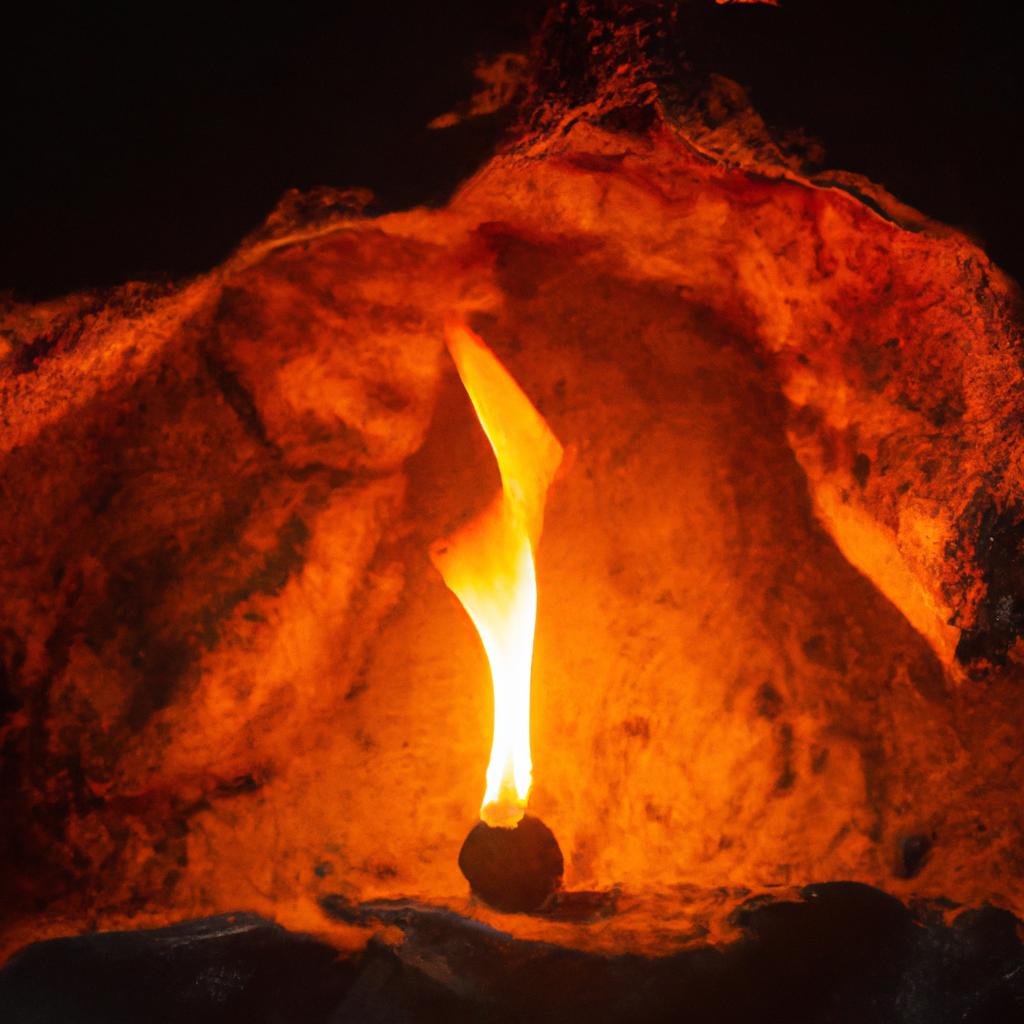Have you ever been mesmerized by the dancing flames of eternal fires? These captivating natural wonders have intrigued and fascinated humans for centuries, weaving an enchanting tale of mystery and beauty. Join us as we delve into the world of eternal flames, uncovering their allure and exploring what makes them truly special.
Eternal Flames: A Gateway to the Otherworldly
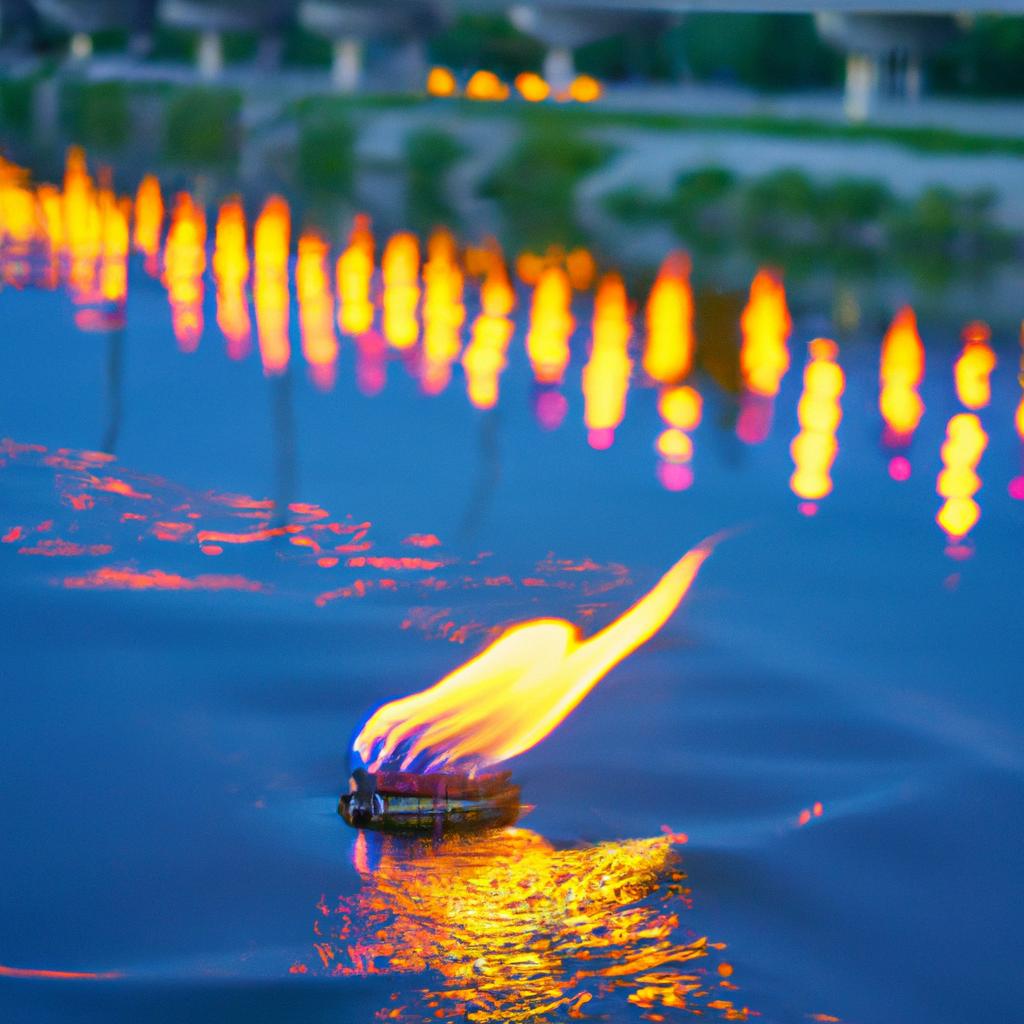
Eternal flames are natural fires that burn ceaselessly, defying time itself. They are formed by the intricate workings of our planet, as deep within the Earth’s core, natural gas pockets ignite and sustain these ethereal flames. For millennia, cultures across the globe have regarded eternal flames as symbols of divinity or conduits to the spiritual realm.
Throughout history, eternal flames have held profound significance. In ancient times, they were revered as sacred sites and used in religious ceremonies. The ancient Greeks, for example, believed the eternal flame at the Temple of Hera was a testament to the power of the goddess Hera. In Rome, the Vestal Virgins tended to the eternal flame in the Temple of Vesta.
Today, eternal flames have become popular tourist attractions, beckoning visitors from all walks of life to witness their ethereal allure and delve into their rich history. From the iconic eternal flame at John F. Kennedy’s gravesite to the enigmatic Burning Mountain in Australia and the mesmerizing Door to Hell in Turkmenistan, these natural wonders continue to captivate the imaginations of those who encounter them.
Unraveling the Science Behind Eternal Flames
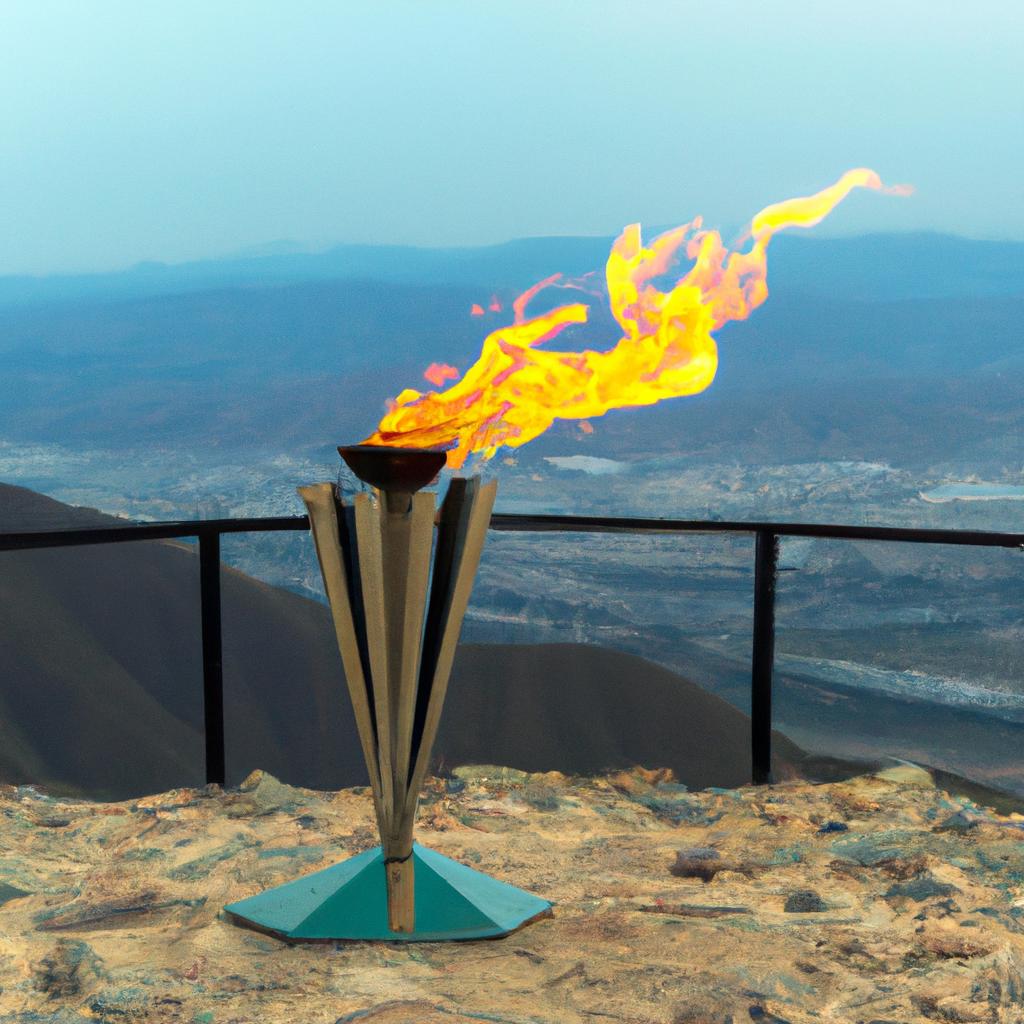
Have you ever wondered how eternal flames are born and sustained? The answer lies deep within the Earth, where natural processes give birth to these mystical fires.
Explaining the Natural Processes
Eternal flames are typically born when natural gas deposits deep underground are ignited by heat or other factors. These gas deposits can be found in geological formations like shale, sandstone, and limestone and can be accessed through natural openings or drilling.
Once ignited, the natural gas perpetually fuels the flame, as long as there is a constant supply of fuel and oxygen. This creates an enduring inferno that can burn for ages, defying the passage of time.
Nurturing Eternal Flames
To sustain an eternal flame over time, certain conditions must be met. First, a continuous supply of fuel, such as natural gas or other combustible materials, must be available. This can either replenish naturally through geological processes or be augmented through human intervention, like drilling.
Secondly, an unending supply of oxygen is required to sustain the flame. This can be provided by natural air currents or through human intervention, such as ventilation.
Lastly, the conditions surrounding the eternal flame must remain stable to prevent its extinguishment. Significant fluctuations in temperature, pressure, or other environmental factors could jeopardize the perpetual existence of these enchanting fires.
By understanding the natural processes that give birth to and sustain eternal flames, we can better appreciate their bewitching nature and the vital role they play in our world.
Famous Eternal Flames: Beacons of Wonder
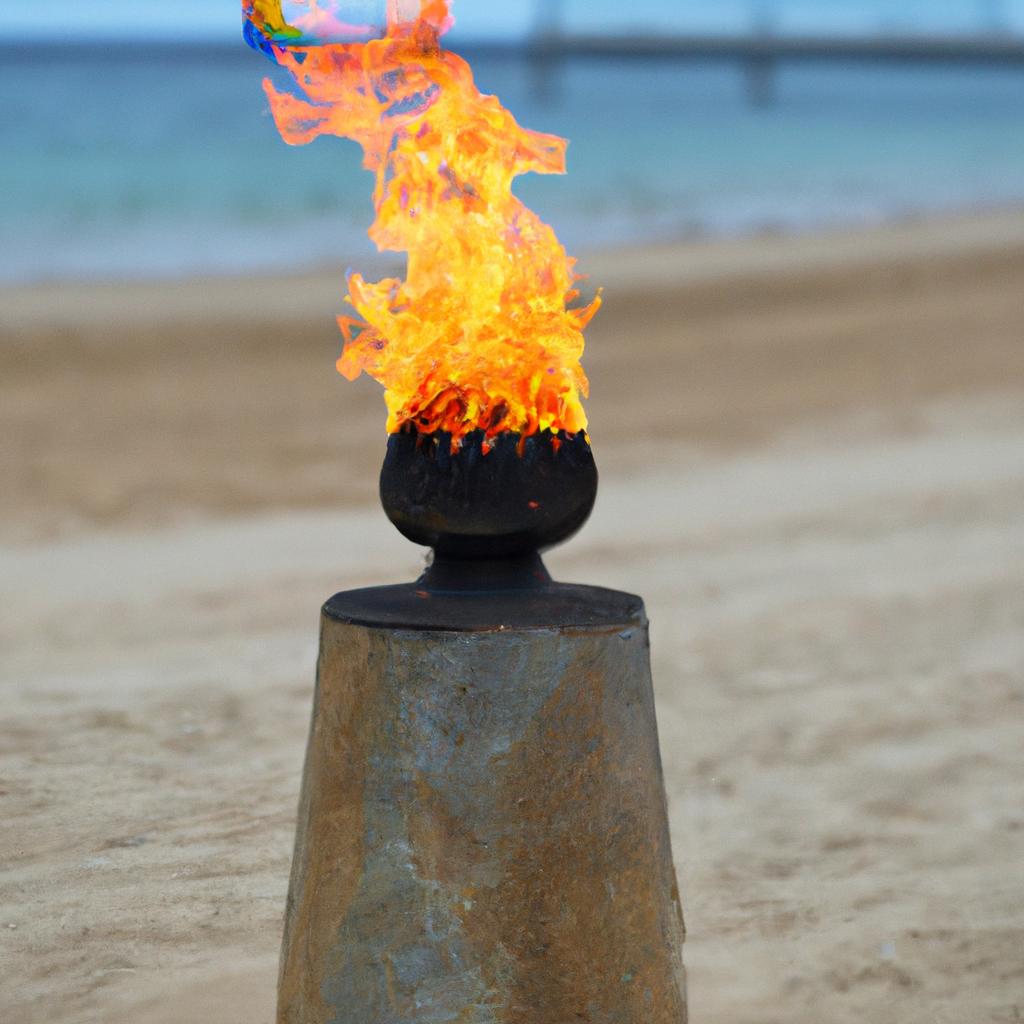
Eternal flames have captivated people worldwide, drawing inquisitive souls from far and wide to witness their breathtaking beauty and unravel their cultural significance. Let us explore some of the most renowned eternal flames dotting our planet.
Eternal Flames as Tourist Attractions
Eternal flames have evolved into popular tourist destinations, enticing travelers with their undying radiance. Among these, the Door to Hell in Turkmenistan stands as a testament to nature’s enigmatic allure. This colossal crater, accidentally ignited by Soviet engineers over 50 years ago, now bewitches visitors with its eerie glow and otherworldly ambiance.
Another notable destination is Australia’s Burning Mountain—an eternal flame vent that has burned for thousands of years. Aboriginal people once used this natural wonder for sacred ceremonies. Today, it captivates hikers and nature enthusiasts alike, offering a glimpse into its unique geology and stunning beauty.
Noteworthy Eternal Flames and Their Unique Charms
Eternal flames manifest in diverse forms, boasting unique characteristics that set them apart. Take, for instance, Azerbaijan’s Yanar Dag flame, which has burned ceaselessly for over 65 years. Its never-ending blaze astounds all who bear witness. On the other hand, Turkey’s Chimera flames enchant with their multi-colored glow, a captivating result of various gases combusting together.
Other notable eternal flames include the Eternal Flame Falls in New York, where a hidden natural gas vent fuels a waterfall of perpetual fire, and Iran’s Zoroastrian Fire Temple, where an eternal flame is believed to have flickered for over 1,500 years.
Cultural Significance: Eternal Flames Around the World
Eternal flames hold profound cultural and religious significance across the globe. In India, the Jwalamukhi temple houses an eternal flame revered as a manifestation of the goddess Jwala Devi. In Japan, the Eternal Flame of Hiroshima symbolizes hope and peace, igniting the annual Peace Memorial Ceremony.
Eternal flames have played pivotal roles in numerous other belief systems, including Christianity, Buddhism, and Native American religions. Throughout history, they have captivated minds, imparting a sense of awe and spiritual enlightenment.
Eternal Flames in Mythology and Religion
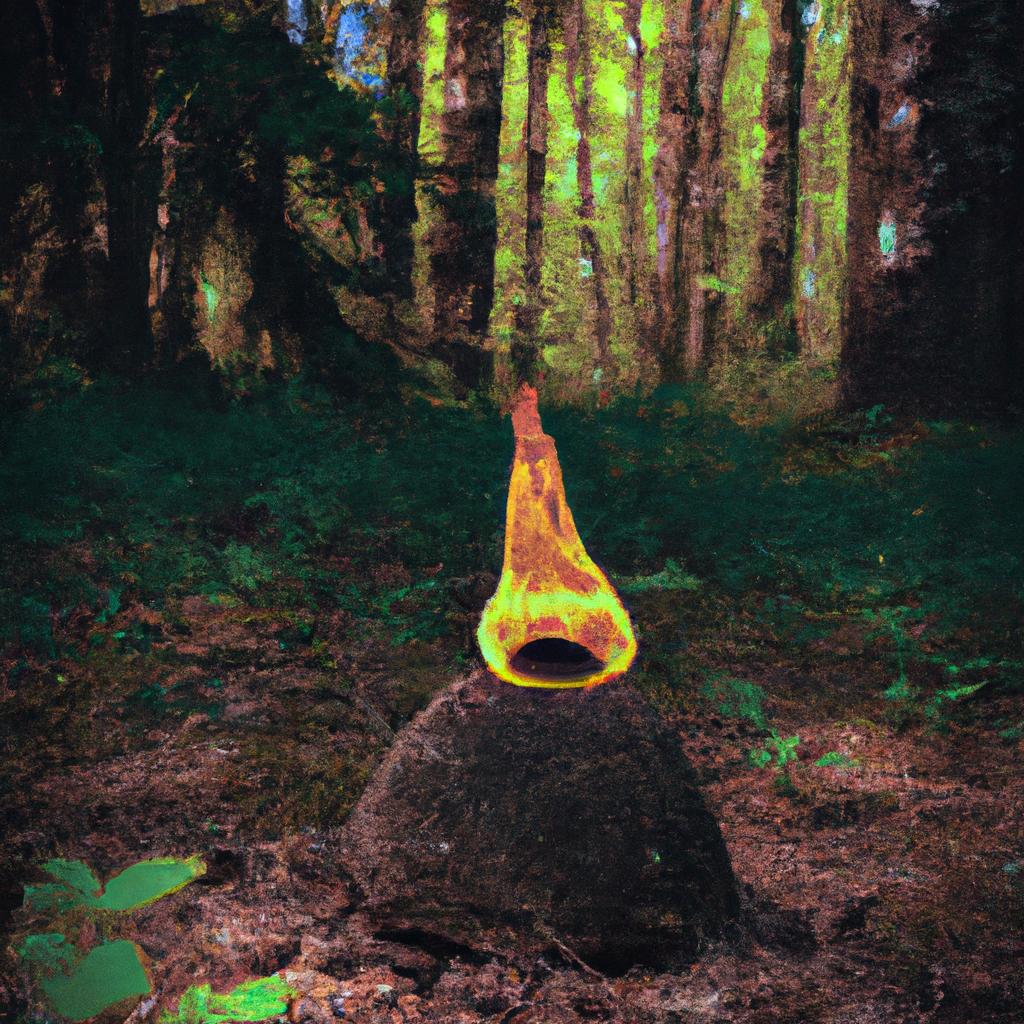
Eternal flames have woven themselves into the tapestry of various mythologies and religious beliefs. Let us embark on a journey through some of the most notable examples.
The Greek Myth of Prometheus
Greek mythology tells the tale of Prometheus, a titan who stole fire from the gods, bestowing it upon humanity. As punishment, he was bound to a rock, where an eagle would daily feast on his regenerating liver. The eternal flame at the Temple of Hephaestus in Athens symbolizes the fire Prometheus bestowed upon mankind.
Zoroastrianism
In Zoroastrianism, an ancient Persian religion, fire represents purity and the presence of God. Eternal flames hold great significance in their religious rituals, with temples and altars featuring flames that have burned for centuries.
Judaism
Within Judaism, the Eternal Flame embodies the presence of God and is continuously kept aflame in synagogues. It also finds a place within the Ark of the Covenant, where it sheltered the sacred Ten Commandments.
Hinduism
Hinduism reveres the eternal flame as a representation of the divine light of Brahman, the ultimate reality. The Agni, or sacred fire, holds a central role in Hindu rituals, purifying and cleansing the soul.
Eternal flames have been revered and worshiped in many other religions and belief systems, each intertwining awe-inspiring stories of their eternal glow. Their enduring presence and mystical allure continue to captivate and inspire humanity.
Preserving the Flame: Conservation Matters
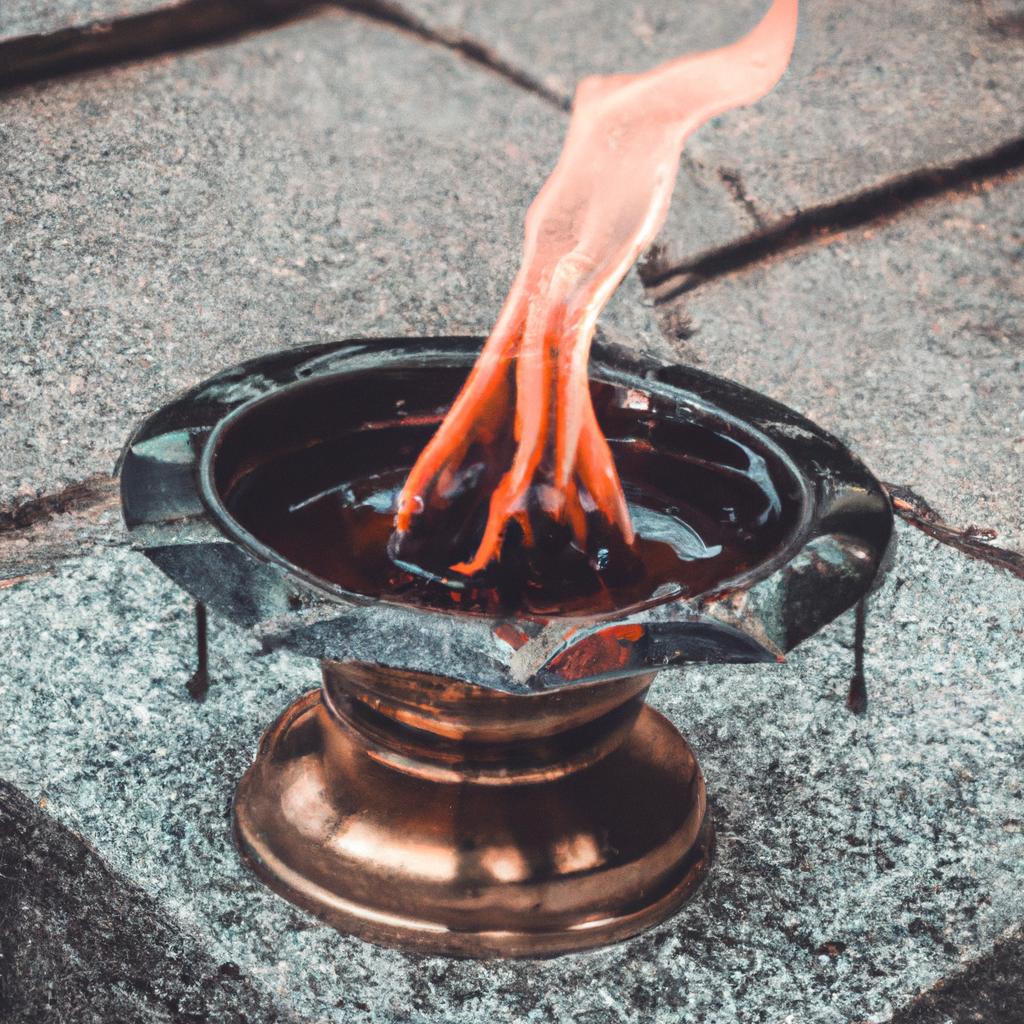
Eternal flames, like all natural wonders, are not impervious to the impact of human activities. Pollution, climate change, and human interference pose significant threats to their existence. It is essential to acknowledge our role in preserving the delicate beauty of these natural wonders for future generations.
The Impact of Human Activity
Pollution stands as one of the greatest threats to eternal flames. Our continuous emission of greenhouse gases and pollutants disrupts the intricate balance necessary for the perpetuation of these enchanting fires. In some cases, the flames themselves are contaminated, leading to a decrease in size or, in extreme cases, their extinction.
Human interference also poses a substantial risk. Visitors to eternal flames have caused damage by throwing objects into the flames or attempting to extinguish them. Industrial exploitation of these natural wonders further disrupts their delicate processes, potentially leading to their demise.
The Importance of Preservation
Preserving natural wonders, such as eternal flames, holds paramount importance, extending beyond their beauty and cultural significance. These enchanting flames contribute to our ecosystem, providing habitats for wildlife and maintaining the delicate equilibrium of our planet. Protecting eternal flames safeguards the biodiversity that thrives alongside them.
Preserving eternal flames requires collective effort. Educating visitors about respecting these natural wonders and implementing regulations to limit human impact are crucial steps. Additionally, supporting organizations committed to protecting eternal flames ensures their preservation for future generations to cherish.
In conclusion, eternal flames represent one of nature’s most captivating spectacles, steeped in rich history and cultural significance. From their otherworldly allure to their steadfast endurance, these fires have bewitched humanity across the ages. As we explore and marvel at their splendor, let us remember our responsibility to preserve and protect these natural wonders.
At TooLacks, we strive to bring you the latest news and information on nature, gardening, and animals. We hope this article has sparked your curiosity about eternal flames, encouraging you to delve deeper into the wonders of the natural world.
